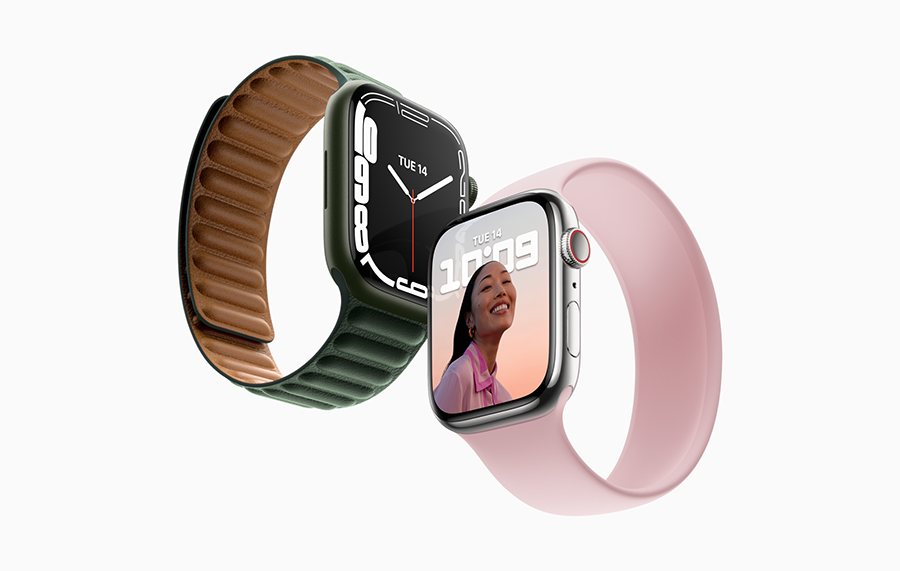Honor’s milestones and next steps
18 August 2021

Apple has announced Apple Watch Series 7, with a larger display, improved durability and faster charging, but the device launches in the most competitive smartwatch market in years.
Apple has dominated the smartwatch market for years. In Q2 2021, it accounted for 51% of smartwatches shipped, driven by its Watch Series 6 and Watch SE. The vendor hopes to build on this momentum with the new Apple Watch Series 7, announced on 14 September. But as Samsung and Google rekindle their Wear OS relationship, Apple’s new Series 7 launches in the most competitive smartwatch market in years.
The full lineup, once Apple launches its new device, will consist of the Watch Series 3, Watch SE and Watch Series 7. The Series 3 and SE remain vital, because many Apple Watch buyers are first-time users, and these budget options offer a good entry point. And for every Apple Watch buyer, the addressable market of potential customers for services such as Apple Fitness+ also increases. Those customers are also significantly more likely to buy an iPhone for their next smartphone, as the cost of leaving the Apple ecosystem rises.
But in the long-term, Apple will find its customer base slowly shifting from new users to upgraders, and as this happens the flagship watch will become more important. Additionally, its flagship watch often gives Apple a chance to promote its latest innovation. Features such as ECG, which has now been in Watch for years, are rarely used by mass-market customers, but still make it into the top-tier advertising for the device, as it makes the category seem like a technological marvel.
The major upgrades to the Watch Series 7 are to the display, durability and charging capability.
Apple’s big rival in the smartphone world, Google, has struggled with its smartwatch platform Wear OS in recent years. In Q2 2021, it accounted for just 4% of all smartwatch shipments worldwide. And for a long time it has been plagued by the loss of Samsung and Huawei, which split off to develop their own smartwatch platforms. But times are changing. Samsung is back on the Wear OS team with its latest Galaxy Watch 4. And Fitbit, now a Google company, has announced its upcoming smartwatches will be Wear OS-based. This momentum should be enough to entice smartphone heavyweights such as Oppo, Vivo and Xiaomi to invest more into growing their smartwatch businesses with Wear OS, and finally provide Apple with competition at the platform level. Canalys expects Wear OS to account for 22% of the market next year. It is the start of a new era for wearables.